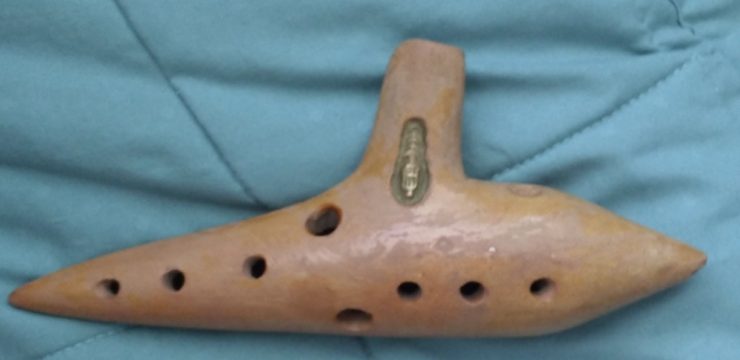In an era dominated by digital technology and instant access to information, many assume that traditional libraries are becoming obsolete. However, research proves otherwise. According to a Pew Research study, 53% of Americans between the ages of 18 and 35 visited a library at least once last year, showing that physical books and reading spaces still hold great significance.

While the world is filled with grand libraries housing millions of books, a small yet extraordinary library has captured the hearts of many. Unlike traditional libraries built with bricks and mortar, this one was crafted from the remains of an ancient tree, turning what was once a decaying trunk into a beloved community treasure.
The story takes place outside the home of Sharalee Armitage Howard, where a massive tree had stood for over 110 years. Over time, the tree weakened and decayed, becoming a safety hazard. Most homeowners would have simply cut it down and removed it, but Howard saw an opportunity to preserve its legacy in a unique way. Instead of letting the tree disappear completely, she envisioned transforming it into something meaningful.
With the help of a skilled artist from Coeur d’Alene, Idaho, she carefully carved and hollowed out the tree to create a miniature library now known as the “Little Free (Tree) Library.” This cozy book nook has since become a cherished landmark, drawing visitors with its inviting charm.
Howard was thrilled about the transformation and shared her excitement on Facebook, writing: “We had to remove a huge tree that was over 110 years old, so I decided to turn it into a little free library (which I’ve always wanted). Here it is (minus some cleanup, vegetation, and trim work)!”
The final result is truly magical. The library features a beautifully designed glass door that welcomes visitors to browse its collection of books. A charming stone pathway leads to the entrance, enhancing its fairytale-like appeal. Inside, the bookshelves glow warmly, allowing people to see the selection of books even at night. One of the most delightful details of this library is the intricate dental molding above the entrance. Howard revealed that these decorative wooden pieces are actually tiny books, tilted slightly, with famous literary titles carved into them.
As news of this heartwarming transformation spread, it quickly gained attention from local media and book lovers alike. Howard’s project was so inspiring that she became part of the Little Free Library network, a nonprofit organization dedicated to promoting literacy and a love for reading by encouraging communities to set up small libraries in public spaces.
The “Little Free (Tree) Library” is more than just a repurposed stump—it is a symbol of creativity, sustainability, and the power of storytelling. Visitors can borrow books, leave their own, and engage in a shared love for literature. The library not only provides easy access to books but also fosters a sense of community, bringing neighbors together through the joy of reading.
This incredible transformation serves as a reminder that old and forgotten things can be given new purpose. Imagine if more neighborhoods followed Howard’s example and turned neglected spaces into creative community hubs. Whether it’s an unused phone booth, an old newspaper stand, or even another tree stump, any space can be transformed into a haven for book lovers.
Would your neighborhood benefit from a Little Free Library? It’s a simple yet powerful way to promote literacy, spark curiosity, and bring people together. In a world that often moves too fast, sometimes all it takes is a cozy corner filled with books to remind us of the magic of reading. Whether young or old, there’s something special about flipping through the pages of a book, and Howard’s library ensures that this tradition continues for generations to come.





